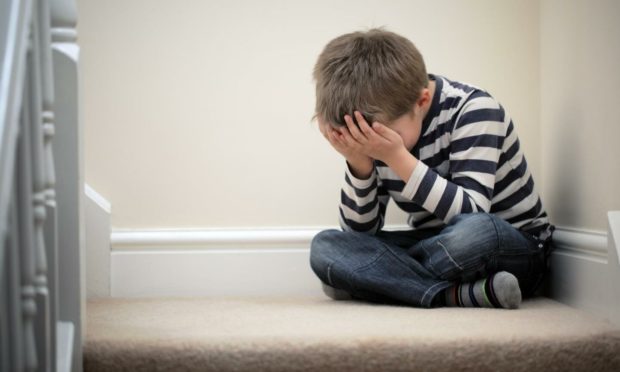When a child struggles with their emotional or mental health, it can be extremely worrying and difficult for parents to know how best they can help.
Knowing how to talk to children about their mental health and recognising the signs that they might be struggling can be really hard.
Signs of depression or anxiety in children can sometimes look like stereotypical behaviour, particularly in teenagers who can often keep their feelings to themselves.
It’s also natural for children and young people to feel stressed or anxious about things such as exams or moving to a new school. But, while these experiences can be very challenging, they are different from longer term depression or anxiety, which affect how a child or young person feels on a day-to-day basis.
How to spot depression and anxiety in children
Signs of depression include a persistent low mood or lack of motivation; not enjoying the things they usually like doing; becoming withdrawn from friends and family; experiencing low self-esteem; regularly feeling upset; and changes in eating and sleeping habits.
“For parents, realising that their child may be struggling with their mental health can be extremely difficult. Sometimes parents can feel like it’s their fault or want to know immediately why this is happening
The signs of anxiety sometimes go hand in hand with those of depression, such as feeling tearful and trouble sleeping, but there are some other signs parents should try to look out for, too. These include suffering panic attacks and feeling nervous or “on edge” a lot of the time.
While not every child with depression or anxiety will feel suicidal, sometimes mental health problems can feel overwhelming. If a young person talks about wanting to hurt themselves or expresses suicidal feelings, they should always be taken seriously.
Be patient and stay calm
For parents, realising that their child may be struggling with their mental health can be extremely difficult. Sometimes parents can feel like it’s their fault or want to know immediately why this is happening. This is completely understandable, but the most important things parents can do is reassure their child, be patient, stay calm and let them know they are there for them.
Parents can also encourage kids to talk to their GP, someone at school or one of our Childline counsellors, especially if they are finding it hard to talk at home.
Childline has delivered an average of around 17,000 counselling sessions a month to children across the UK since March 2020, and continues to be there for every child, whatever the problem or danger they are facing.
Adults concerned about the welfare of a child, can call the NSPCC helpline on 0808 800 5000 or visit nspcc.org.uk.
Children and young people can contact one of our Childline counsellors on 0800 1111 or visit childline.org.uk, where they can also speak to other young people who might be feeling the same way via moderated message boards.
Adeniyi Alade is head of Childline for NSPCC Scotland
